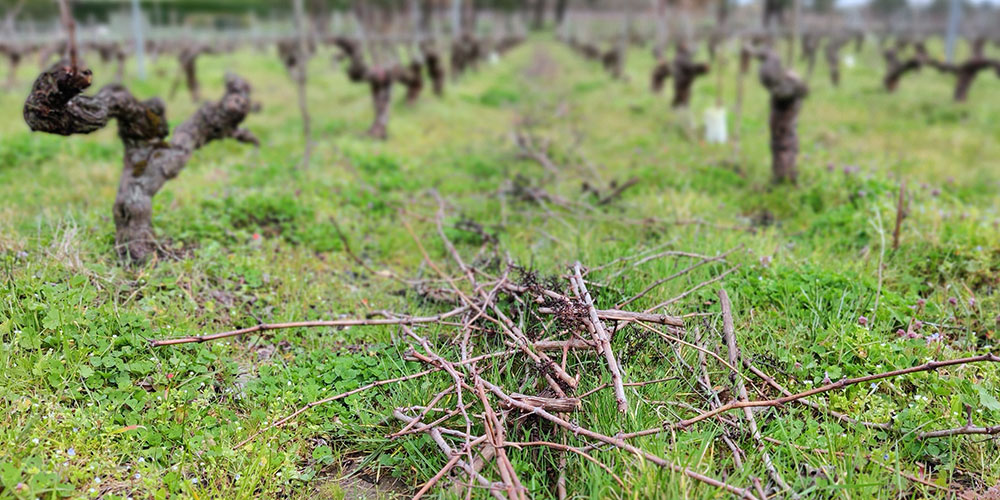My flight had arrived on time. This may seem a trivial concern but when flying Iberia’s budget line, Vueling, you prepare for the annoying but expect the worst. Sometimes that just means seats arranged for people who have a maximum height of 175cm when you’re at 193cm. Other times that means delays of 12 hours such as when they completely collapsed in the summer of 2018. So arriving-on-time Vueling is excellent Vueling. Perhaps my arrival was painless because this wasn’t a vacation and I was flying to Venice but not […]
